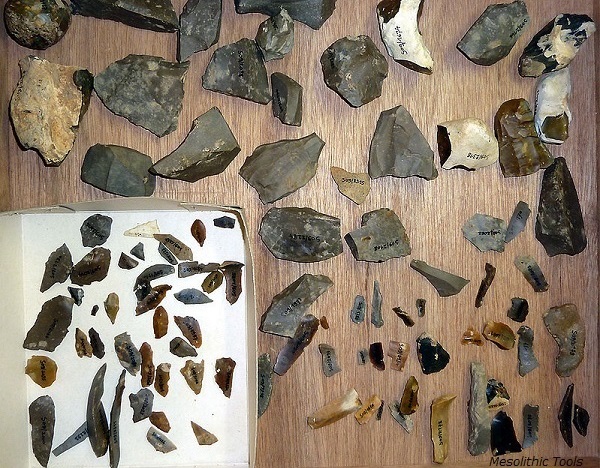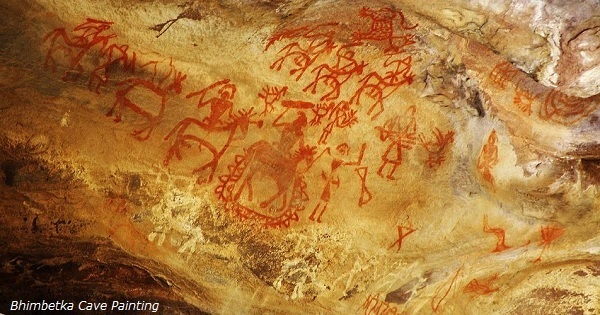
- Ancient Indian History - Home
- Study of Indian History
- Writing of Ancient Indian History
- Imperialist Historiography
- Historiography Nationalist Approach
- Marxist School of History
- Sources of Ancient Indian History
- Archaeological Sources
- Geographical Background
- Geography in Ancient Literature
- Stone Age Cultures
- Mesolithic Culture
- The Neolithic Age
- Chalcolithic Period of India
- Chalcolithic Culture In India
- Harappan Civilization
- Harappan Town Planning
- Harappan Crafts & Industries
- Harappan Culture
- Harappan Religion
- Harappan Chronology
- Vedic Civilization
- Vedic Society
- Vedic Politics
- Vedic Religion & Philosophy
- The Aryan Invasion
- Later Vedic Age
- Social System after Vedic Age
- Achievements of Indian Philosophy
- Evolution of Jainism
- Evolution of Buddhism
- Alexander’s Campaign in India
- Maurya Dynasty
- Kalinga War & its Impact
- Society & Economy during Mauryas
- Mauryan Governance
- Early History of South India
- Age of Smaller Dynasties
- Literature of Satavahana Period
- Society of Satavahana Period
- Economy of Satavahana Period
- Technology of Satavahana Period
- Chola Dynasty
- Pandya Dynasty
- Chera Dynasty
- Period of Foreign Invaders
- Gupta Period
- Decline of Guptas
- Governance of Gupta Period
- Literature of Gupta Period
- Economy in Gupta Period
- Science & Tech of Gupta Period
- India after the Gupta Period
- Period of Harsha
- South India during the Harsha Period
- Kadamba Dynasty
- History of Kamarupa
- India after Harsha
- Gurjara Pratiharas
- Palas of Bengal
- Rashtrakutas of Deccan
- Literature after the Harsha Period
- Society after the Harsha Period
- Economy after the Harsha Period
- Religion after the Harsha Period
- References & Disclaimer
Ancient Indian History - Mesolithic Culture
The time period between 12,000 and 2,000 B.C. in India is marked as Late Stone Age, Mesolithic, or Microlithic period.
Tools of Mesolithic Culture
-
The tools of Mesolithic Culture were characterized by −
Parallel-sided blades taken out from prepared cores of such fine material as chert, chalcedony, crystal, jasper, carnelian, agate, etc.;
Stone size (of tools) decreased;
Tools were hafted in wood and bones;
The size and shapes of the tools used as composite tools; and
Some new tool-types namely lunates, trapezes, triangles, arrow-heads, etc. were developed.

The archaeological stratigraphy reflects the continuity from the Upper Palaeolithic age to the Microlithic age and it proved that the Microlithic industry is rooted in the preceding phase of the Upper Palaeolithic industry.
The C-14 dates available for the Mesolithic culture illustrate that this industry began around 12,000 B.C. and survived up to 2,000 B.C.
Sites of Mesolithic Culture
-
The various sites of the Mesolithic period were located in −
Langhnaj in Gujarat,
Bagor in Rajasthan,
Sarai Nahar Rai, Chopani Mando, Mahdaha, and Damdama in Uttar Pradesh,
Bhimbetka and Adamgarh in Madhya Pradesh,
Orissa,
Kerala, and
Andhra Pradesh
The inhabitant community of the sites in Rajasthan, Gujarat, and Uttar Pradesh were essentially hunters, food-gatherers, and fishermen. However, some of the agricultural practice also evidenced at these sites.
The sites of Bagor in Rajasthan and Langhnaj in Gujarat elucidate that these Mesolithic communities were in touch with the people of the Harappan and other Chalcolithic cultures and traded various items with each other.
About 6,000 B.C., the Mesolithic people may have partly adopted the settled way of life and started domestication of animals including sheep and goat.
Prehistoric Rock Art
The rock-shelters in India were mainly occupied by the Upper Palaeolithic and Mesolithic people.
The rock-paintings depict a variety of subjects related to animals and the scenes including both people and animals. Besides animals and birds, fishes have also been depicted in the rock paintings.
-
Following were the important rock-painting sites −
Murhana Pahar in Uttar Pradesh
Bhimbetka, Adamgarh, Lakha Juar in Madhya Pradesh
Kupagallu in Karnataka.

The rock paintings portrayed human-beings involved in various activities, such as dancing, running and hunting, playing games, and engaged in battle. The colors used in these rock paintings are deep red, green, white and yellow.
The rhinoceros hunting scene from the Adamgarh rock-shelters reveals that large number of people joins together for the hunt of bigger animals.